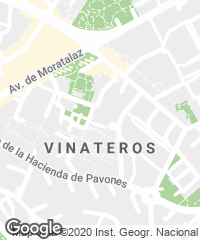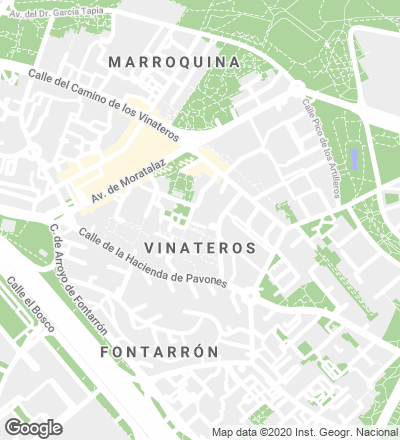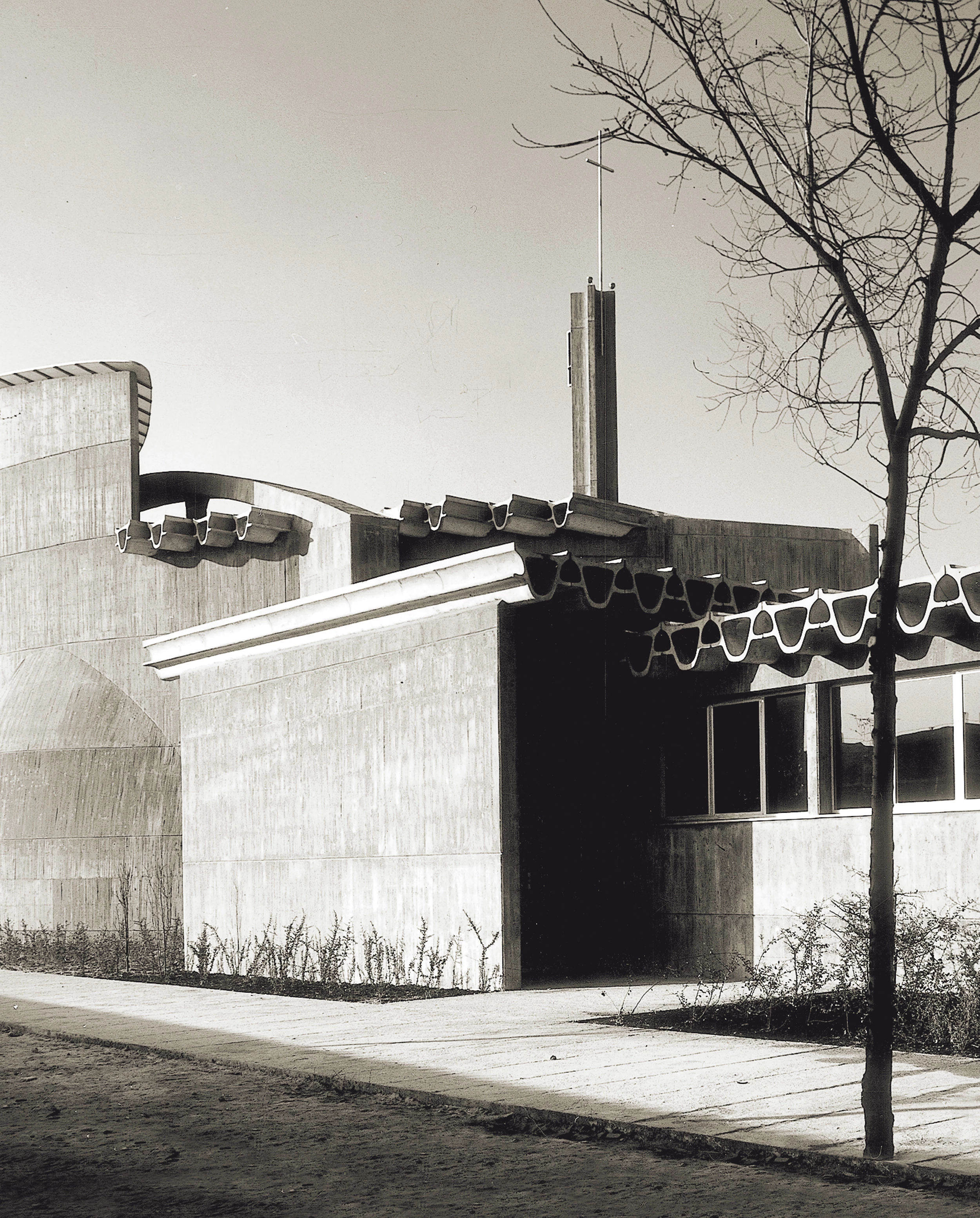Santa Ana Parish Church, Madrid
Miguel Fisac- Type Place of worship Religious / Memorial Prefabrication
- Material Concrete
- Date 1965 - 1971
- City Madrid
- Country Spain


After Anaick, his older daughter, passed away, Fisac was commissioned by Monsignor Morcillo, archbishop of Madrid-Alcalá, and the construction company Urbis, to build a parish center in the neighborhood of Moratalaz. In a residual plot with a six meter drop and among high residential blocks, the parish imposes its presence on the urban scene with a geometry of curved segments that embraces the congregation gathered now around the priest. The skylight that illuminates the altar overhangs a roof made of hollow pre-stressed beams spanning 20 meters which rest on loadbearing concrete walls manufactured on site, that serve as backdrop for the sculptures of José Luis Sánchez. The large gardens surrounding the complex were closed down later on.
“It is the first church I designed after the Second Vatican Council, an event that changed the temple’s program completely. The Council demanded a more communicative relationship with the participants in the religious service; the priest had to give mass facing the congregation and speak in such a way that everyone could understand. And this had acoustic consequences because in most churches there were strong reverberations... And this was an issue I knew well, I kept in mind that up to a distance of eight meters, reverberation strengthens voice, but beyond that there are interferences. At greater distances, the sounds one gives out can be distinguished from those reflected by the wall, that is, there is an echo. In the church of Santa Ana, as I did not want to use absorbent materials, I had to invent shapes able to disperse the waves; so, the curves at the rear keep sounds from bouncing back to the same place, whereas the curved niches behind the altar respond to the liturgy. The altar here is no longer concentrated in a unique point and becomes a liturgical stage with several focal points, with an area for the liturgy of the word, another for the commentaries on the gospel led by the person presiding the assembly – who therefore has a seat –, a place for the consecration and another for the Holy Sacrament, in other words, now the ceremony takes place along an itinerary, and not, as before, at one single point and in one direction.”
Fisac also uses this argument at the school of La Asunción (1965), where he lights the chapel’s altar by cutting out part of the beam flanges, at the Dominican mission of Formosa (1966) and at the church of Santa Cruz in La Coruña (1967)... [+]







